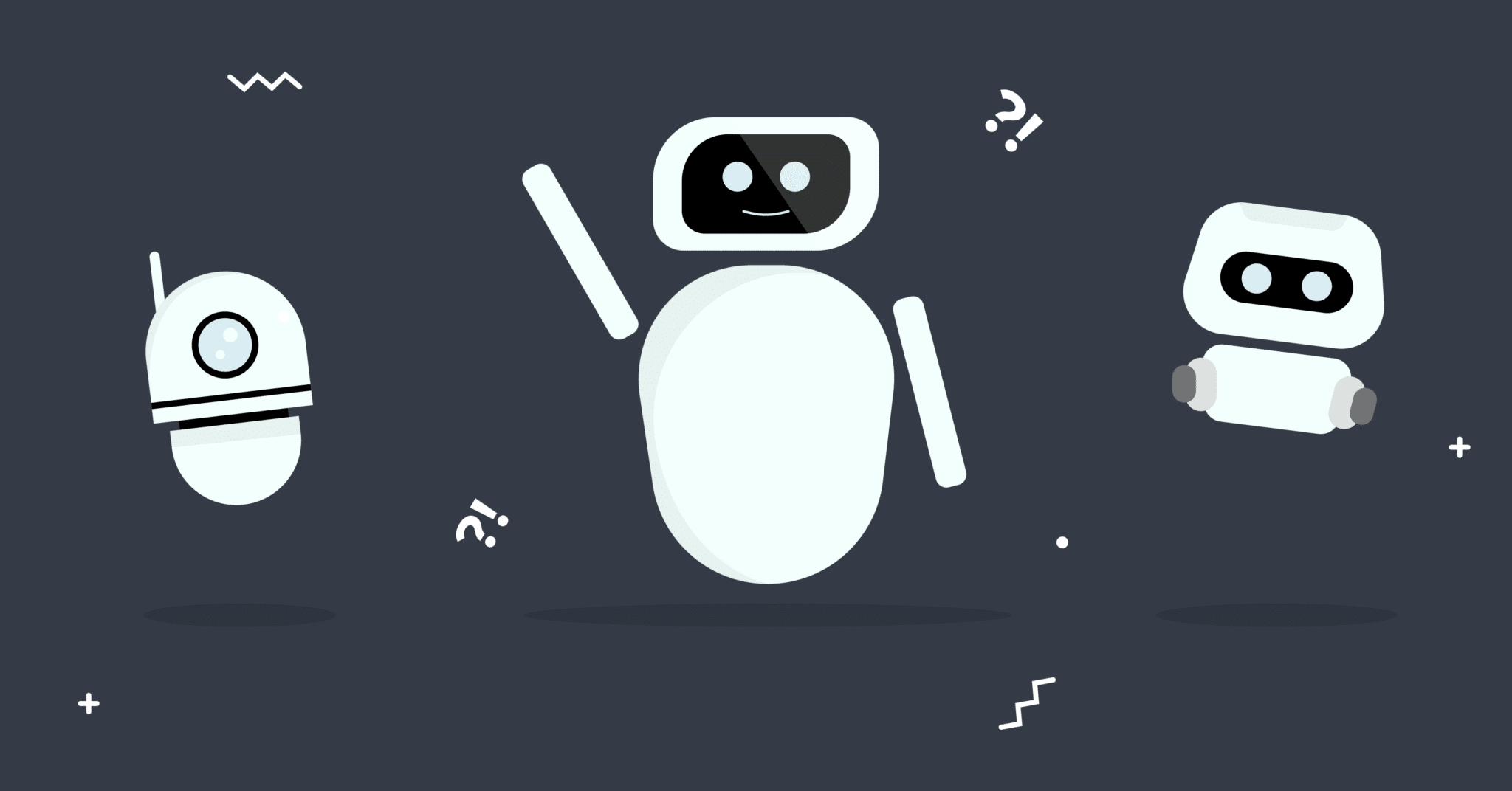
ChatGPT entered the fold in a major way last year, yet AI isn’t new. AI has been in development since the 1950s with the promise of building machines that will exceed human capabilities and intelligence. Now, AI has become as On-Piu Chan from the University of Chicago puts it “a disruptive technology in the digital transformation of business enterprises.” As well as determining that “robotic process automation (RPA), an AI technology, is gaining importance in accelerating digital transformation initiatives.”
Therefore, these disruptive technologies are having an impact on an organisation’s digital transformation. It can therefore be fair to assume it will also have a major impact on software development.
Software Development Process
Firstly, software development is the process developers undertake to build software solutions, applications, games and so on. One common software development process is agile. This agile methodology is often adopted by software companies to produce quality solutions for their customers.
This typically looks something like this:
- Planning
- Analysis
- Design
- Implementation
- Testing and Integration
- Launch
- Continued Maintenance
By using the agile method of development organisations will benefit from frequent feedback, improved cost-efficiency, reduced complexity, more predictability, responsiveness, and a shorter time for ROI.
At each stage of this process, disruptive technologies can enhance, automate and even accelerate it further. For example, deploying a natural language AI such as ChatGPT to develop a plan or using ML to achieve analysis tasks, and so on.
Types of Disruptive Technologies in Software Development
AI
Artificial intelligence is the simulation of human intelligence processes by machines, especially computer systems. Some examples of AI include expert systems, natural language processing (ChatGPT) and speech recognition.
Typical AI systems (predictive AI) were developed for data analytics and to help business leaders make data-driven decisions. Now generative AI can go further and produce new content like text, images, videos and even code. This is achieved based on their training data and responses to user queries.
AI Use Cases in Software Development
In the software development process, generative AI is dramatically increasing in usage. For instance, common use cases include risk assessment and management, infrastructure optimisation, reporting, code generation and more.
For example, in risk assessment and management, generative AI can analyse and find patterns in enormous volumes of data gathered from across the IT infrastructure, and then use that data to identify risks such as security vulnerabilities and impending system failures.
On the other hand, predictive AI focuses on reporting, and generative AI systems can suggest and even implement fixes for such issues.
Incorporating AI in the software development process can improve task efficiency, reduce errors and improve customer satisfaction.
ML
Machine learning (ML) is a type of AI and according to TechTarget it “allows software applications to become more accurate at predicting outcomes without being explicitly programmed to do so.” ML can achieve this from historical data and learning algorithms to predict new values, trends or patterns.
ML Use Cases in Software Development
In the software development process, ML use cases are increasing. It is being used to help organisations with personalisation, testing, data extraction, optimisation, cross-selling opportunities, anomaly detection and much more.
For instance, in the past, older systems referred to personalisation as the capability for marketers to provide a particular experience to a specific group of users. However, this method had its flaws as marketers could make incorrect choices or select a segment that was too general. A more effective approach is to instruct a system on which metrics to prioritise, provide it with extensive user information, and allow it to determine the optimal, personalised experience for each individual user. This ensures a one-on-one approach that delivers the best possible experience to every user.
Utilising ML enables teams to be faster, and more agile, as well as reduce cost and time.
Cloud Tech
Cloud technology, also known as cloud computing, enables users to access storage, files, software, and servers via their internet-connected devices such as computers, smartphones, tablets, and wearables. Providers of cloud computing store and handle data in a distinct location from the end users.
Types of cloud tech include SaaS (Software as a Service), IaaS (Infrastructure as a Service), PaaS (Platform as a Service) and iPaaS (integration Platform as a Service).
Cloud Tech Use Cases in Software Development
In the software development process and across the software industry cloud technologies and computing are widely used and popular solutions to help organisations focus on their core product, business and customers.
For instance, cloud technologies such as iPaaS provide environments where software builds or integrations can be designed and deployed to automate internal processes. Similarly, SaaS applications can provide data storage for organisations which can then be shared via automated workflows to other applications in their stack.
These cloud technologies are continually evolving, as now an embedded iPaaS is available to not integrate your internal processes but expand your product offering and native integration functionality to your customers. This means you can offload some of the software development to an integration provider. So, developers can focus on core product features rather than customer integration requests.
As a result, organisations will benefit from improved agility, increased performance faster time to market.
The above-mentioned technologies are just three examples of disruptive technologies, there is also big data and mobile technology among many other new technology advancements.
We host a range of webinars discussing embedded iPaaS, integration building and more.
Check out the full list on our dedicated page.
Will disruptive technologies replace software developers/engineers?
I imagine this is an increasingly asked question so, let’s address it. In short, no I don’t think disruptive technologies will replace software developers and engineers, but I do think it can help and aid them to form a beautiful relationship rather than competition.
Why? Well, disruptive technologies and tools are designed to assist and help, not replace. Software, tech or games industries will still need highly skilled developers to build and maintain products as well as utilise disruptive technologies and tools to perform mundane and manual tasks.
Disruptive technology still NEEDS humans.
The Future Looks Collaborative
Hopefully, it’ll be a collaborative future between humans and technology to improve and accelerate the software development process. Rather than a much more sinister alternative with machines and technology ruling us all (haven’t they already won, I’d be useless if both my phone and laptop konked out!)
What I’m trying to say is we are already reliant on technology, so it looks only to increase.




